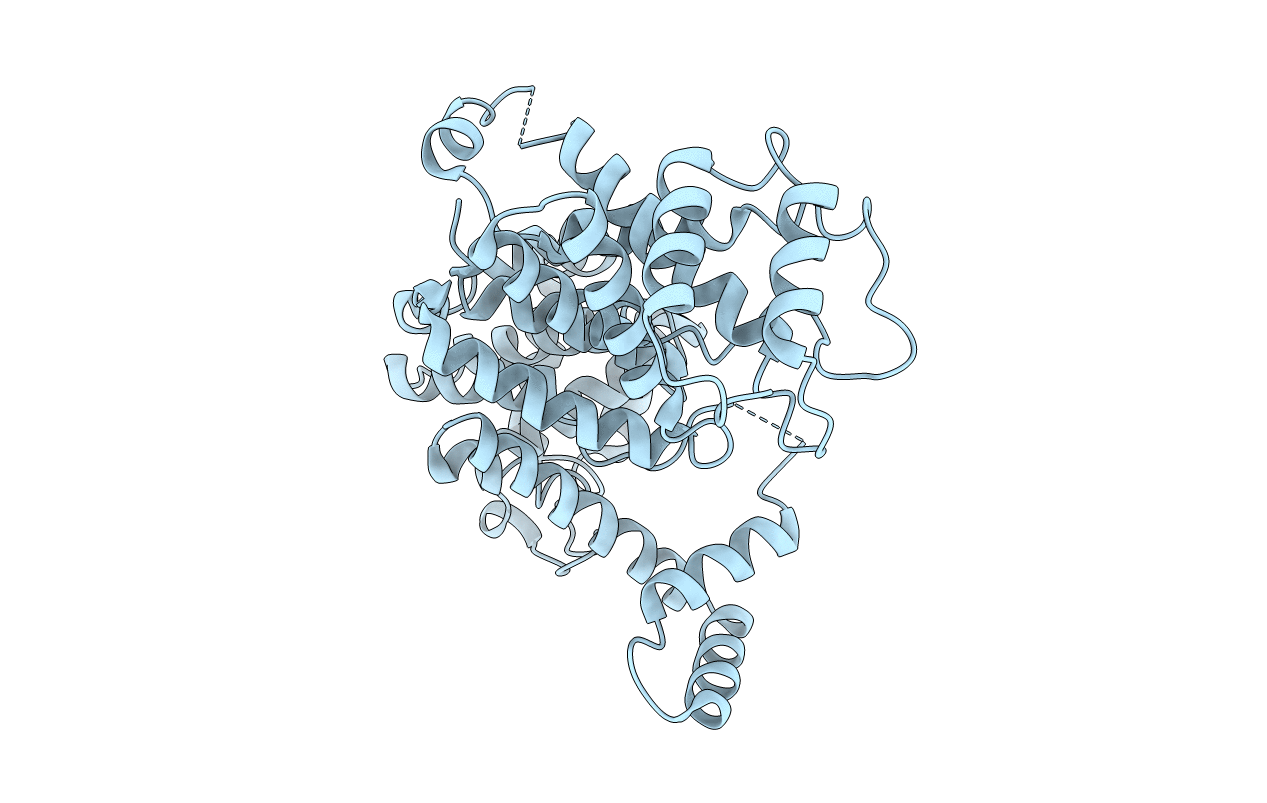
Deposition Date
2018-01-28
Release Date
2019-01-02
Last Version Date
2024-10-23
Entry Detail
PDB ID:
5Z7C
Keywords:
Title:
crystal structure of cyclic GMP-AMP specifc phosphodiesterases in V.cholerae (V-cGAP3)
Biological Source:
Source Organism:
Vibrio cholerae O1 biovar El Tor str. N16961 (Taxon ID: 243277)
Host Organism:
Method Details:
Experimental Method:
Resolution:
2.76 Å
R-Value Free:
0.26
R-Value Work:
0.24
R-Value Observed:
0.24
Space Group:
P 62 2 2


